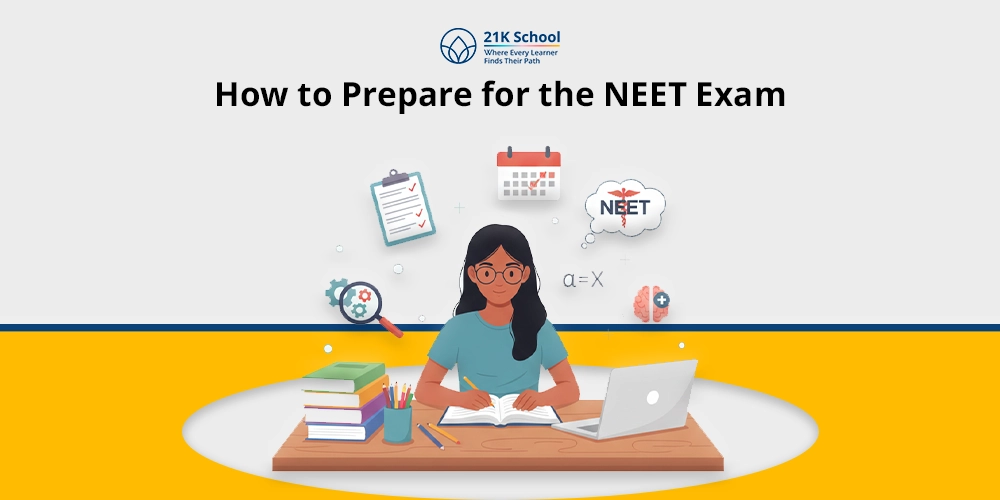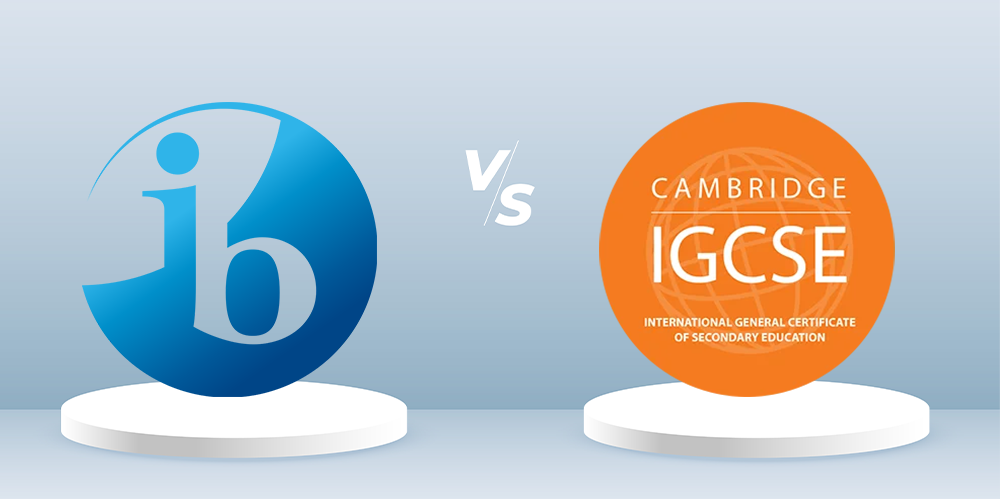
Different countries present various programs that would fit the needs of students all over the world. Among the most recognized ones are the IB and IGCSE boards of education.
and among the most known are the International Baccalaureate (IB) and the International General Certificate of Secondary Education (IGCSE).
We need to learn about both the systems in detail, reveal their structure, curriculum, and special characteristics, as well as compare them in order to assist students and parents in making proper choices.
Contents
The IB (International Baccalaureate) System
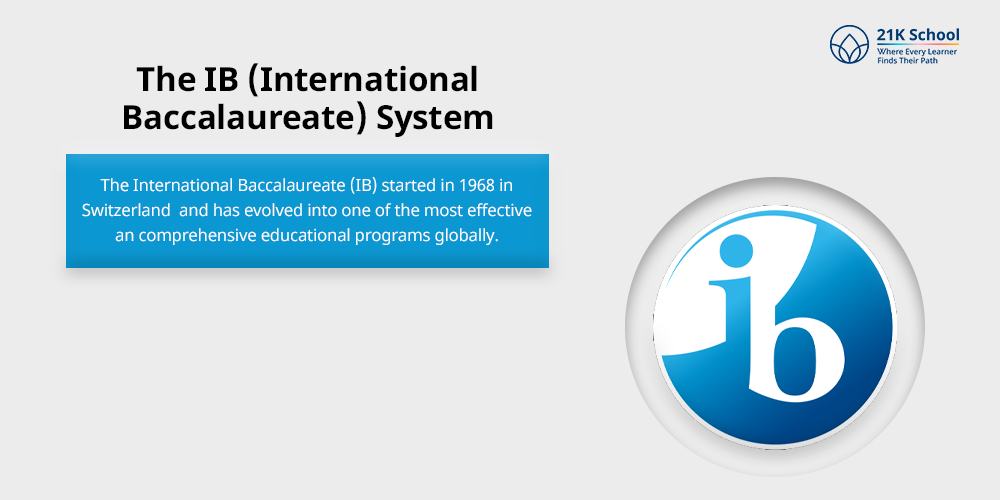
The International Baccalaureate (IB) started in 1968 in Switzerland and has evolved into one of the most effective and comprehensive educational programs globally.
The IB system seeks to nurture all round learners who will not only possess academic abilities but also qualities which will enable him or her to contribute positively in the global village.
It values exploration, reasoning and the international dimension of learning. The IB system is very different from A-levels.
It’s not something to be confused with !!
IB Programme
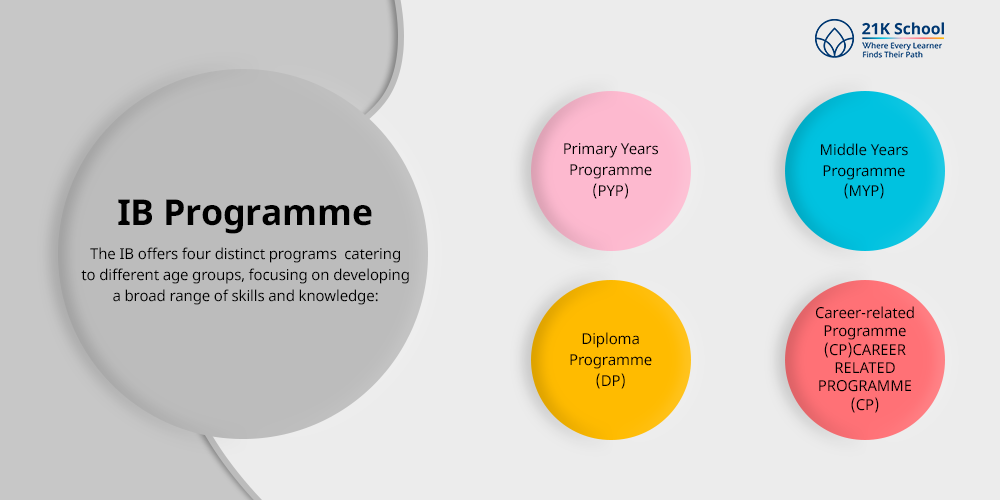
The IB offers four distinct programs catering to different age groups, focusing on developing a broad range of skills and knowledge:
1. Primary Years Programme (PYP)
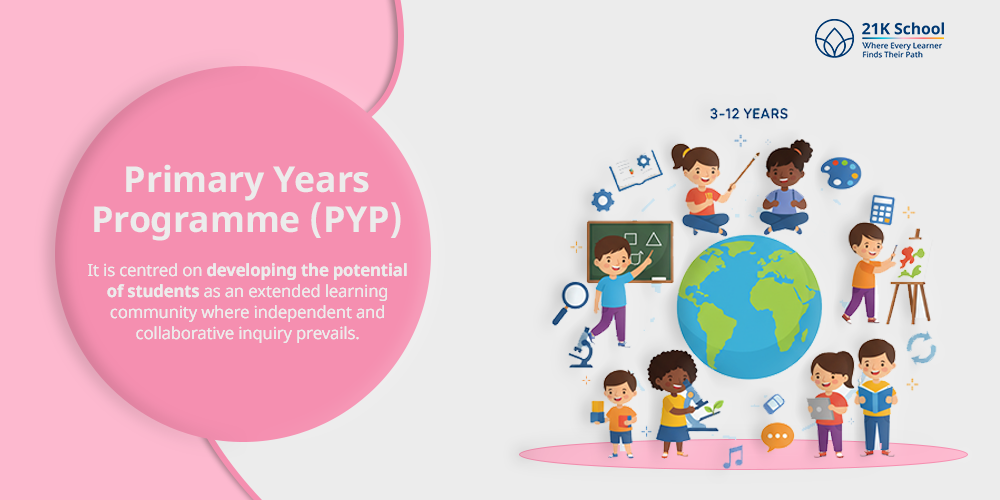
Primary Years Programme (PYP) is for learners of between 3 and 12 years of age.
It is centred on developing the potential of students as an extended learning community where independent and collaborative inquiry prevails.
The PYP is an inquiry-based programme and while students must learn and be guided by knowledge, they are also actively encouraged to discover and construct understandings on their own.
2. Middle Years Programme (MYP)
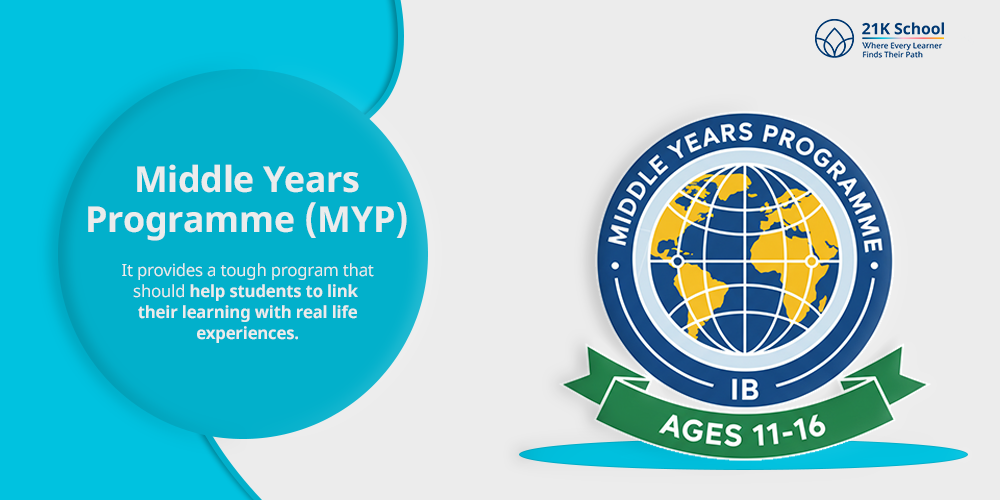
The second one is the Middle Years Programme (MYP) which is the programme for the children of 11-16 years old. In DP it lies in between the PYP and the DP.
It provides a tough program that should help students to link their learning with real life experiences. Thus, MYP is very flexible and can easily be aligned with any national or local curriculum in place.
3. Diploma Programme (DP)
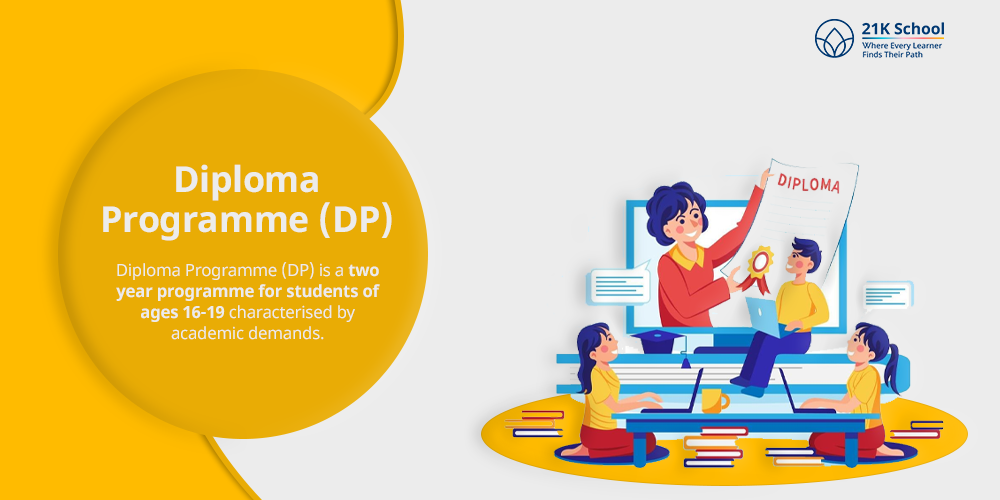
Diploma Programme (DP) is a two year programme for students of ages 16-19 characterised by academic demands. This is acknowledged by universities as well as employers in many countries of the world. The DP curriculum includes six subject groups and three core components: For example, Theory of Knowledge (TOK), the Extended Essay, Creativity, Activity, and Service (CAS). As stated this program is one that aims and seeks to produce students who are knowledgeable, inquiring and compassionate.
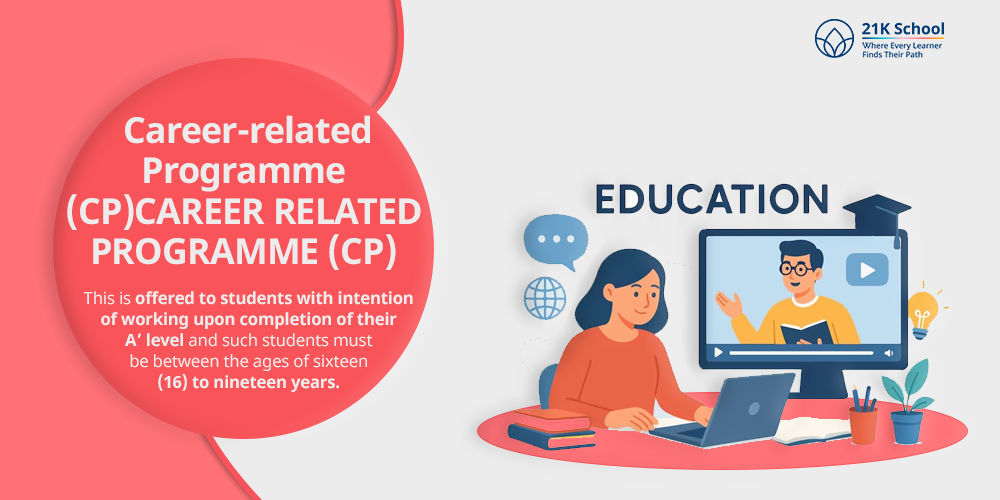
This is offered to students with intention of working upon completion of their A’ level and such students must be between the ages of sixteen (16) to nineteen years.
It articulates the DP with a career-related focus involving other university derived subject areas and skill acquisition. The CP is meant to facilitate student’s employment ready or further education in a field of their choice.
IB Curriculum and Syllabus
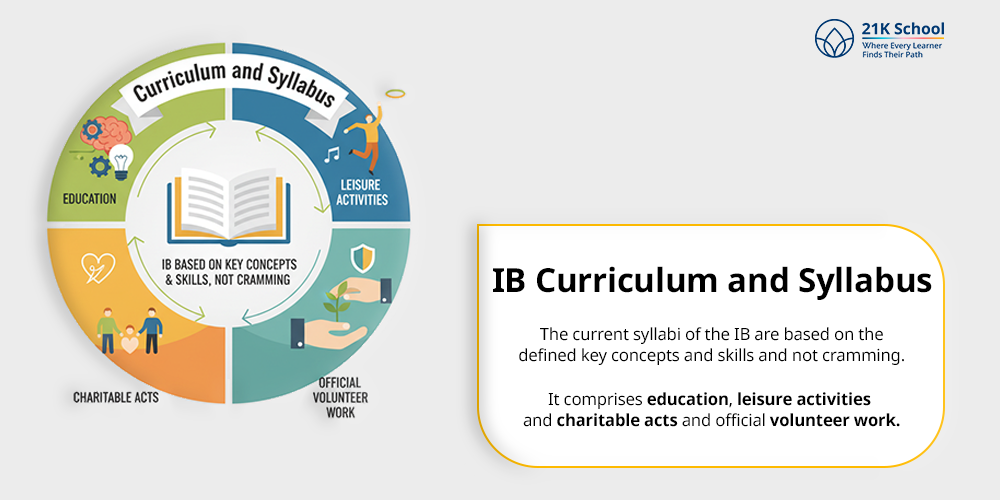
The current syllabi of the IB are based on the defined key concepts and skills and not cramming. It comprises education, leisure activities and charitable acts and official volunteer work.
Distinctively, it emphasises crucial thinking, data searching, and reporting abilities. While the syllabus is the same around the world, the program can be aligned to local context and requirements by the schools.
What is IGCSE Board?
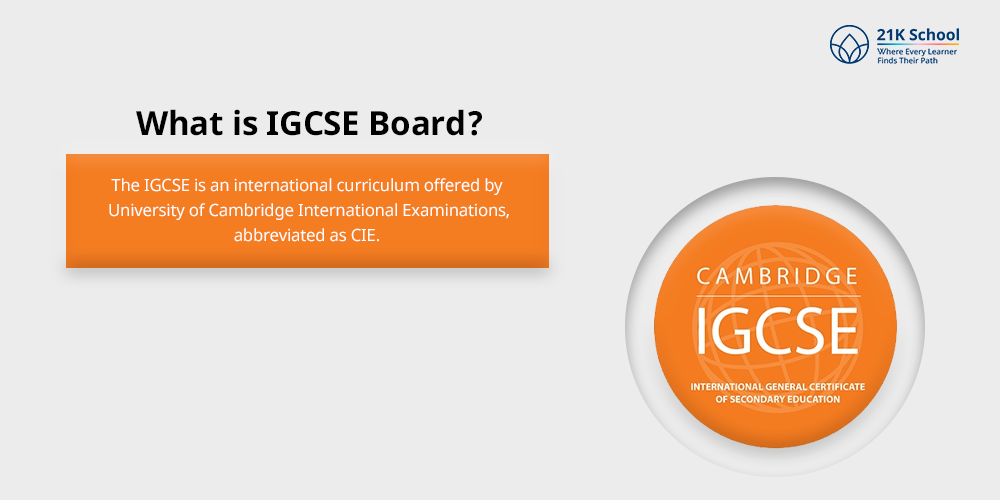
The IGCSE is an international curriculum offered by University of Cambridge International Examinations, abbreviated as CIE.
It is one of the largest global qualifications for learners of between 14 and 16 years of age. The IGCSE is learner-centred because it aims at offering education with a broad and balanced
curriculum for the learn-ers’ preparation for further education and training or employment. This is much like the British GCSE but has been modified for supply to the international market.
IGCSE Curriculum
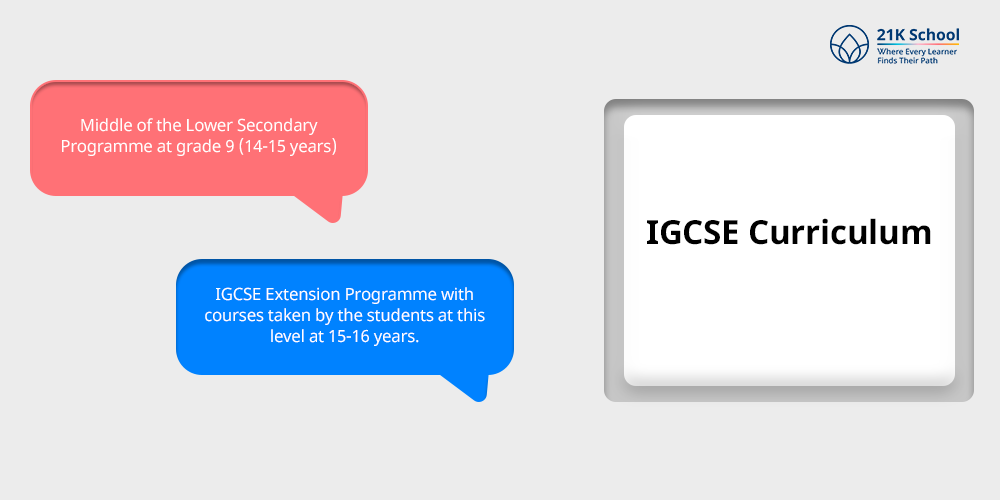
The IGCSE also uses a flexibly structured curriculum to enable students to choose different subjects of their choice with respect to their occupations.
It provides two main pathways: Associating an ordinary curriculum with Core Programme and an opportunity to choose the extent of work for students with Extended Programme.
1. Middle of the Lower Secondary Programme at grade 9 (14-15 years)
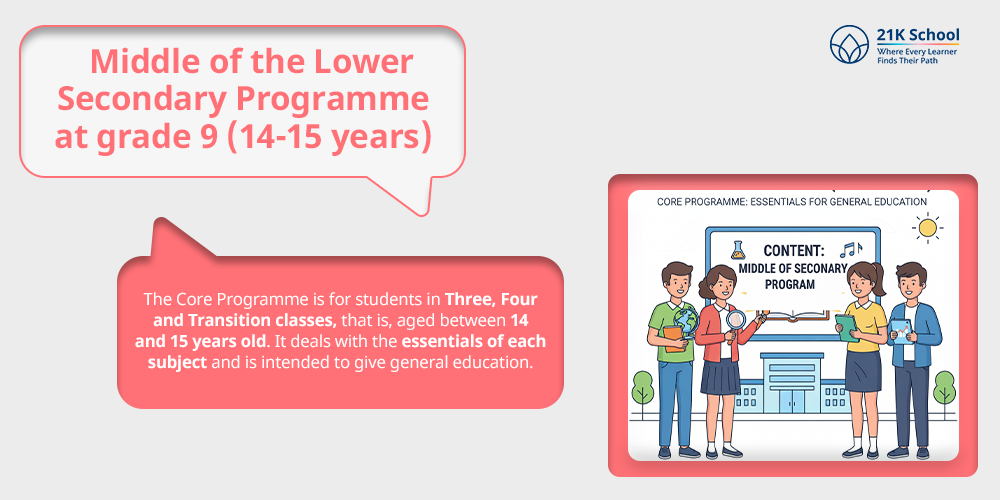
The Core Programme is for students in Three, Four and Transition classes, that is, aged between 14 and 15 years old. It deals with the essentials of each subject and is intended to give general education.
The Core Programme focuses on the acquisition of fundamental information and proficiencies allowing it for students who may not intend to go for an academic stratum in a specific field of study.
2. IGCSE Extension Programme with courses taken by the students at this level at 15-16 years
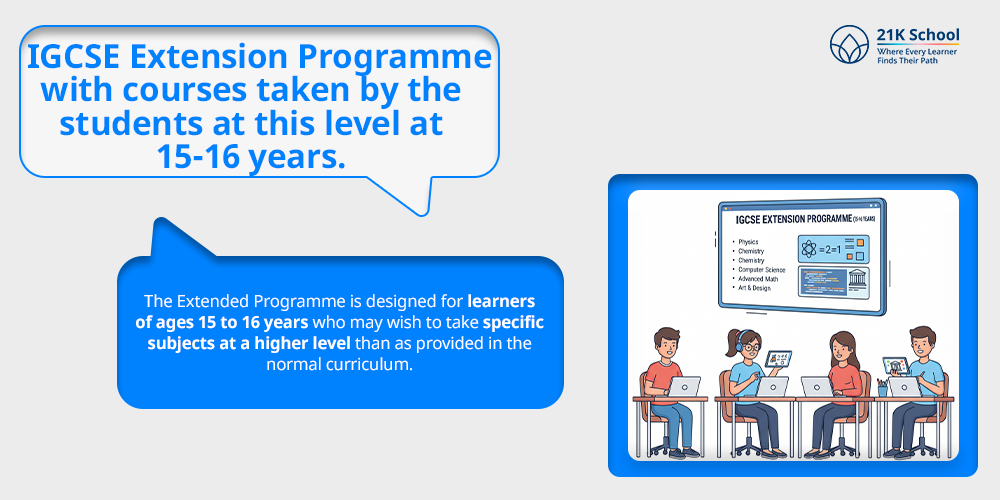
The Extended Programme is designed for learners of ages 15 to 16 years who may wish to take specific subjects at a higher level than as provided in the normal curriculum.
Intended learning is a higher level of material and tests, but undue emphasis is placed on more testing.
The Extended Programme has been selected by learners, who would like to continue with higher education or gain specific professional qualifications.
IGCSE Syllabus
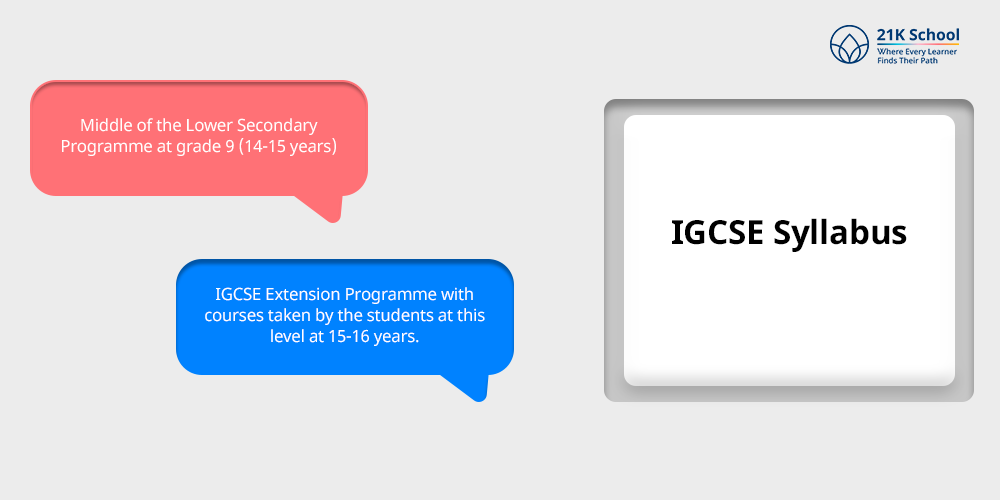
IGCSE Curriculum is a broad syllabus with over 70 subjects to choose from: languages, from humanities and social sciences to sciences, mathematics, and creative subjects.
Schools have the freedom to determine the course structure of IGCSE they want to offer depending on the result of their students.
The framework of the curriculum is specifically designed to promote learners autonomy, self-directedness, and problem-solving abilities.
Key Differences Between IB and IGCSE Boards
Below is a comparison table highlighting the main differences between the IB and IGCSE boards:
| Criteria | IB (International Baccalaureate) | IGCSE (International General Certificate of Secondary Education) |
| Education Level | PYP (3-12 years), MYP (11-16 years), DP (16-19 years), CP (16-19 years) | Typically for Grades 9 and 10 (14-16 years) |
| Focus | Holistic development, inquiry-based learning | Subject-based, in-depth knowledge |
| Curriculum Structure | Broad curriculum with core components (TOK, CAS, Extended Essay) | Flexible subject choice, Core and Extended levels |
| Assessment Method | Internal assessments, final exams, projects | Written exams, coursework, practical assessments |
| Teaching Approach | Inquiry-based, research-oriented | Content-based, focused on knowledge acquisition |
| Flexibility | Less flexible, standardised across the globe | Highly flexible, tailored to student needs |
| Grading System | 1 to 7 scale (DP) | A* to G grading scale |
| Global Recognition | Highly recognized by top universities worldwide | Widely recognized, especially in the UK and Commonwealth countries |
| Student Skills Focus | Research, analytical thinking, communication | Subject knowledge, examination skills |
| Languages Offered | Emphasis on multilingualism | Wide variety of language options |
| Core Components | TOK, CAS, Extended Essay | No core components, purely subject-based |
| Ideal for | Students seeking holistic, well-rounded education | Students aiming for strong academic subject focus |
Conclusion
The academic structure of both IB and IGCSE differs from one another in a way that they each address different styles of education and goals of learners.
As it was mentioned earlier the IB is characterised by the focus on the development of students’ personality in its totality, on the learning of critical thinking and on the development of the skills that will allow the student to carry out research successfully.
On the other hand, the IGCSE is intensive in subject content knowledge and imparts a good learning foundation for further courses particularly in the United Kingdom and other member countries of the commonwealth.
There is little to compare between IB and IGCSE, so, like most educational systems, it just comes down to the student’s preference, career plans and learning style.
While IB is about regular curriculum and global education, IGCSE enables more niche learning and a classical education.


